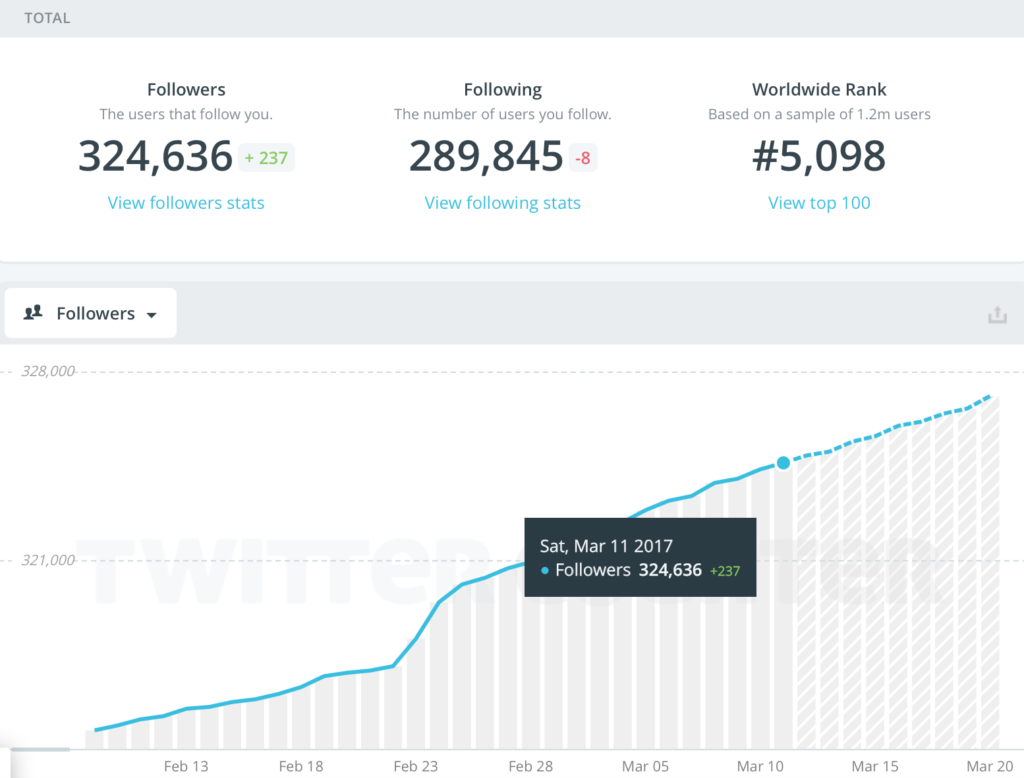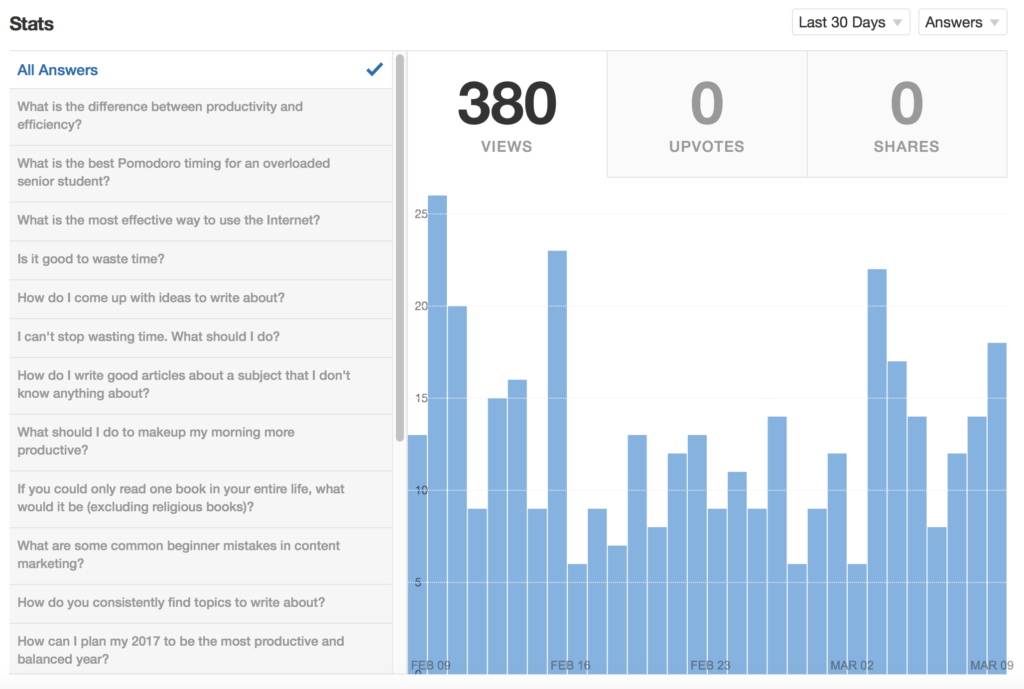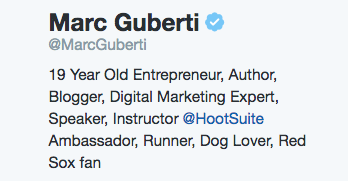This is a guest contribution from Junaid Ali Qureshi
As digital marketing and new social media platforms take over the internet, the need for establishing a strong and attractive content marketing arises. The content posted by a business brand offers an insight of the brand to the audience. It conveys the personal message of the brand and gives away information regarding the latest products and services.
If your content marketing is attractive and strong, it means it is able to direct a large number of people to the online brand stores. It also helps in increasing the sales of your product. The effectiveness and success rate of the content marketing shows how important it is for a business to succeed. Thus, to make your content marketing strategy strong, here are few factors that you need to keep in mind.
#1: Increased dependence on visual content

Image source: http://www.jeffbullas.com
Since the content plays such an important role in increasing the return on investment of a brand, it is necessary that you consider the type of content that is achieving great success in the recent times. In this regard, the social media company Dubai managed to share its statistics with us. They suggest that short videos are taking over the written content marketing strategy.
Visual content has become a necessity and every content marketer must consider this fact and give it its due importance. After inquiring more from the media company, we came to know that the infographics, high-quality images, videos, comics, graphics and slideshows are the types of visual content that are doing well on the internet. As far as the videos are concerned, here are few tips that you need to consider to generate unique videos:
- Invest in interactive and informative videos
- Make high-quality videos with good audio and understanding
- Use latest tricks like 360-degree view and live streaming videos
- Explain what you are doing in the videos.
- Give a view of the behind the stage scenes to the viewers
- Make sure the video target the right audience
#2: Is your content interactive?
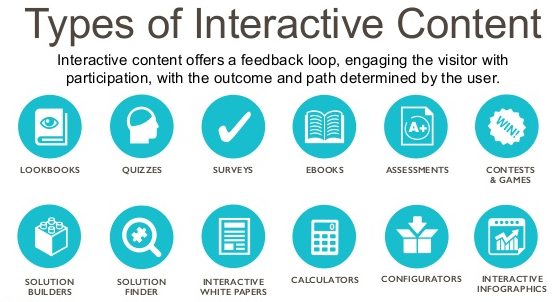
Image source: https://www.slideshare.net/
When we double check the content, we need to make sure that the content showcase an interactive platform. Including interactive stages in the content has now become an essential factor of content marketing.
The consumers now like to play a major part in the industry by contributing their opinions and sharing their ideas. Presently, the interactive content is used less but it is expected to become dominant soon. As this style of content is not common yet, it gives you the edge of doing something different and unique.
Make use of this opportunity, make your content interactive and engage as many people as you can. Moreover, also ensure the looming presence of your interactive content. Whether it is a quiz, an image or a contest which engage the audience, it must be easily visible to the viewers. The viewer/ potential customer-to-be, by all means, must be able to clearly view and understand your content.
#3: Quality of the existing and new content

Image source: https://www.bluefountainmedia.com/
Whatever you do, compromising the quality of the content is out of the question. A poorly written content leads a business to nowhere. It fails to attract the traffic flow and reflects a bad impression of the brand on the audience. This is why, while making your content strategy, you need to ensure that the content that you post is high-quality content.
You need to use a unique style, whether it is a story telling style or a simple documentation style, the content must be great. It must engage the viewers so that the content is able to generate leads. This leads to increase in the sales and the return on investment.
Thus, make sure your content is grammar mistake and spelling-error free. It must be readable, easy to understand and well-written. The new content creation and blogging have become an essential part of inbound marketing as well. Presently, according to HubSpot research, 53% of the marketers consider content creation their top priority in inbound marketing. (Source: https://www.hubspot.com/)
Another thing that you can do is repurpose your present content as well. The content curation and syndication regulations allow you to republish the interesting content that brings benefits to the business. Producing new, original, evergreen and attractive content is outstanding but if you are facing problem in doing so, why not repurpose the already present content for a while?
#4: Promotion of the content to the right audience
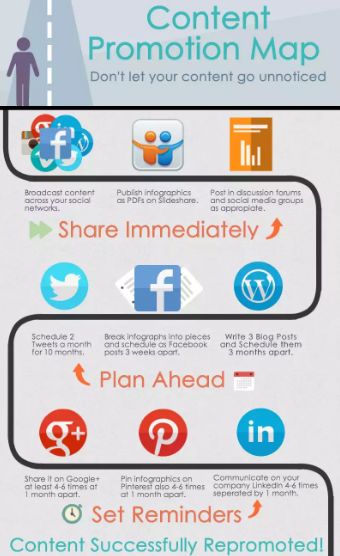
Image source: http://bootcampdigital.com
The next factor that largely affects the strength of a content marketing strategy is the targeted promotion of the content. Generating high-quality and authentic content is not enough. The marketers need to make sure that it is directed to the right audience as well.
You can pick the right audience by collecting data on the geographic, demographics and on the behavior of the audience. And once you have collected the data, find out the most common issue and the problem that are prevailing among the audience. This data is sufficient to find out about the type of audience you are dealing with. You can then tally the feature of your product that benefits them the most and market accordingly.
Joe Pulizzi, the founder of the Content Marketing Institute stated that there has been a shift between the content creation and promotion. Five years ago, 80% of efforts were focused on creation and 20% were focused on the promotion. But with the passage of time, and as the internet has become dense with content, the percentages flip-flopped.
This means that the present year and those that are yet to come are all going to be about promotion of the content. And every content marketer must look forward to new ideas to do so.
#5: Influencer Marketing
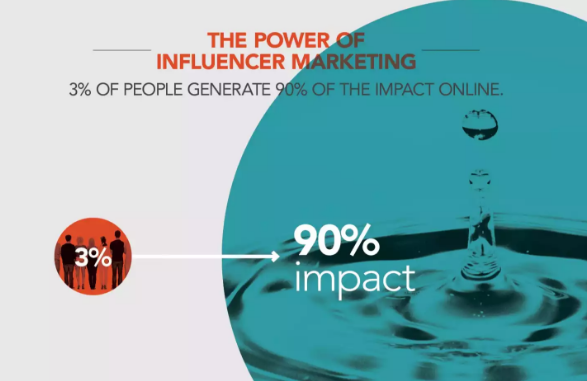
Image source: http://visual.ly
An influencer marketer is a person who is popular in different social circles and has a list of fans and followers. This individual can help a lot in content marketing. As people like to accept what the third-party recommends, using influencer marketing techniques will greatly enhance the business advertisement.
Data collected from different agencies that offer social media services Dubai shows that social media platforms are presently flooding with influencer marketers. This marketing trend is among the latest ones but it must be considered by the content marketers if they will to succeed in the competition.
Elephantation, a renowned digital marketing company, considers influencer marketing an essential factor and today they are succeeding at a great pace.
Do you want to slip some great tips regarding running the influencer marketing campaign down your sleeves? Here is your chance to do so:
- Build good relations with the influencer so that you know he is on your side. This helps in ensuring the good quality of the content
- The content must have an engaging and interactive story
- Don’t forget to add a call to action in between
- Make sure you are achieving your goals through the content
- Do show empathy to the influencer’s schedule
Follow these tips and you’ll do great with the influencer marketing strategy.
#6: Consistency in delivering the content
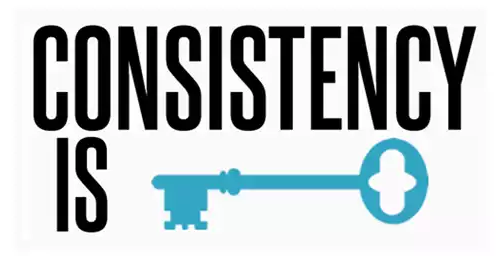
Image source: http://blogpros.com
The stats from content marketing institute suggest that 85% of the top performers deliver content consistently. But it is because of the consistency in the job that the respective brand is able to make its position in the global market. The audience reviews one article and soon afterward they forget it.
Consistency in posting content, whether written or visual, keeps the brand in front of their eyes until they actually know it by name, product variety, and quality. Thus, on whichever platform you are posting your content, make sure you do it regularly.
Now, when we say regularly, how often should you post content on the website or the social media platforms? Well, the content posting schedule depends on the marketing team of the brand. But if you ask us, if you are running an active marketing strategy and your brand is a new one, you should post new content weekly. If in case you have a popular business brand at hand, monthly content posting would do.
Also, don’t forget to take feedback from your viewers. This helps in finding out whether your content is good enough and doing its respected job of attracting the viewers or not. You can also find this by conducting an analytic program. It gives you the data regarding the performance of your website/ social media and how well the content is doing there.
Taking these 6 factors into account for a successful content marketing strategy is enough. Even a startup can succeed by making sure they have focused on these factors. The content marketing institute shares the base points of a good content marketing strategy. It includes having one content type, one main platform, consistent delivery and a long period of time to make sure it flourishes. So make sure you do everything in your power to make your strategy succeed and give it enough time to flourish.
About The Author:

Junaid Ali Qureshi is a digital marketing specialist who has helped several businesses gain traffic, outperform competition and generate profitable leads. His current ventures include Elephantation, eLabelz, Smart Leads.ae, Progos Tech and others.






